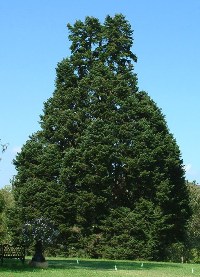Thinning Tree Crowns:
The thinning of tree crowns is generally limited to hardwood species. The intent of crown thinning is to allow natural light and air to be able to circulate throughout the entire head of the tree and is accomplished by pruning limbs at the crown. Tree crowning will aid in the creation of a solid tree structure and enhance its natural form.
Proper crown pruning should never involve more than a quarter of the living branches, limbs or twigs, as shown in Figure 11. Figure 11 shows the proper method of crown pruning. Limbs shown in blue are to be removed at the spot indicated by the red line.
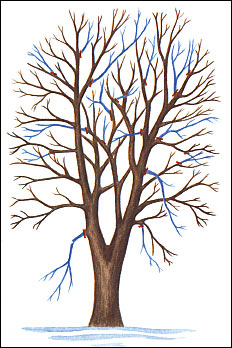
Figure 11 - Proper crown tree pruning
Pruning the crown will create epicormic sprouts, as shown in Figure 12. The more pruning that is done, the more epicormic sprouts that are likely to start to grow. Tree crown pruning can be done each year, if necessary in order to bring the tree into the desired shape.
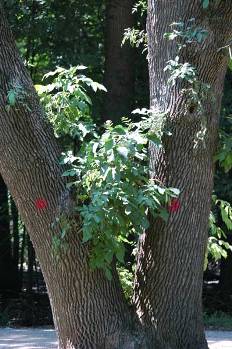
Figure 12 - Epicormic sprouts growing on tree
When pruning trees, U-shaped limb connections, as shown in Figure 13 should be allowed to remain, while limbs that have grown in a narrow V-shape, as shown in Figure 14 should be pruned.
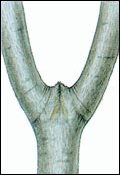
Figure 13 - U-shaped tree limb connection
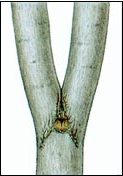
Figure 14 - V-shaped tree limb connection
When two or more tree limbs grow in a tight V-shape, often the bark on the limbs becomes an integral part of the joint, as shown in Figure 15. When included bark is present, it has a tendency to inhibit a secure attachment of the limbs. In many cases the tree limbs will split right at the joint where included bark is located. It is common that when two tree limbs of a similar size grow from the same spot included bark will be present.
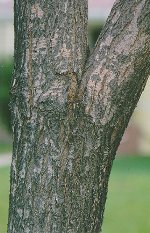
Figure 15 - Included bark on tree limb joint
To obtain a strong tree, that can survive inclement weather, it is important to have one tree limb dominate the other. This can usually be accomplished by pruning the branches of one of the limbs, which will reduce its ability to obtain nutrients and hence will limit that tree limbs growth.
One must avoid over pruning as it is possible to end up with "lion's tails". Lion tails are created when there are tufts of stems at the ends of the tree limbs. Proper pruning produces a healthy and aesthetically pleasing tree. Figure 16 shows a tree that has been properly pruned, while Figure 17 shows the same species of tree that has been over pruned and has an abundance of lions tails.
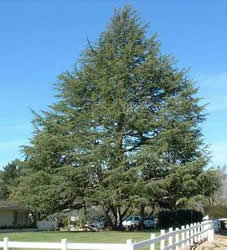
Figure 16 - Properly pruned tree
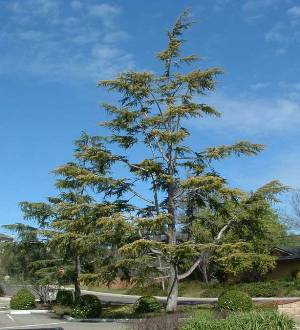
Figure 17 - Incorrect tree pruning produced lions tails
When pruning limbs, that extend from other limbs, they should be no more than 1/2 to 3/4 of the diameter of the main limb. Any limbs that touch other limbs should be pruned away.
It is unusual to have to prune the crowns of conifer trees. However, in some cases due to weather damage it is possible that the tree trunk, the main stem or leader, will create multiple stems at the top, as shown in Figure 18, all vying for supremacy. In this case, select the largest of the stems and prune the others.
